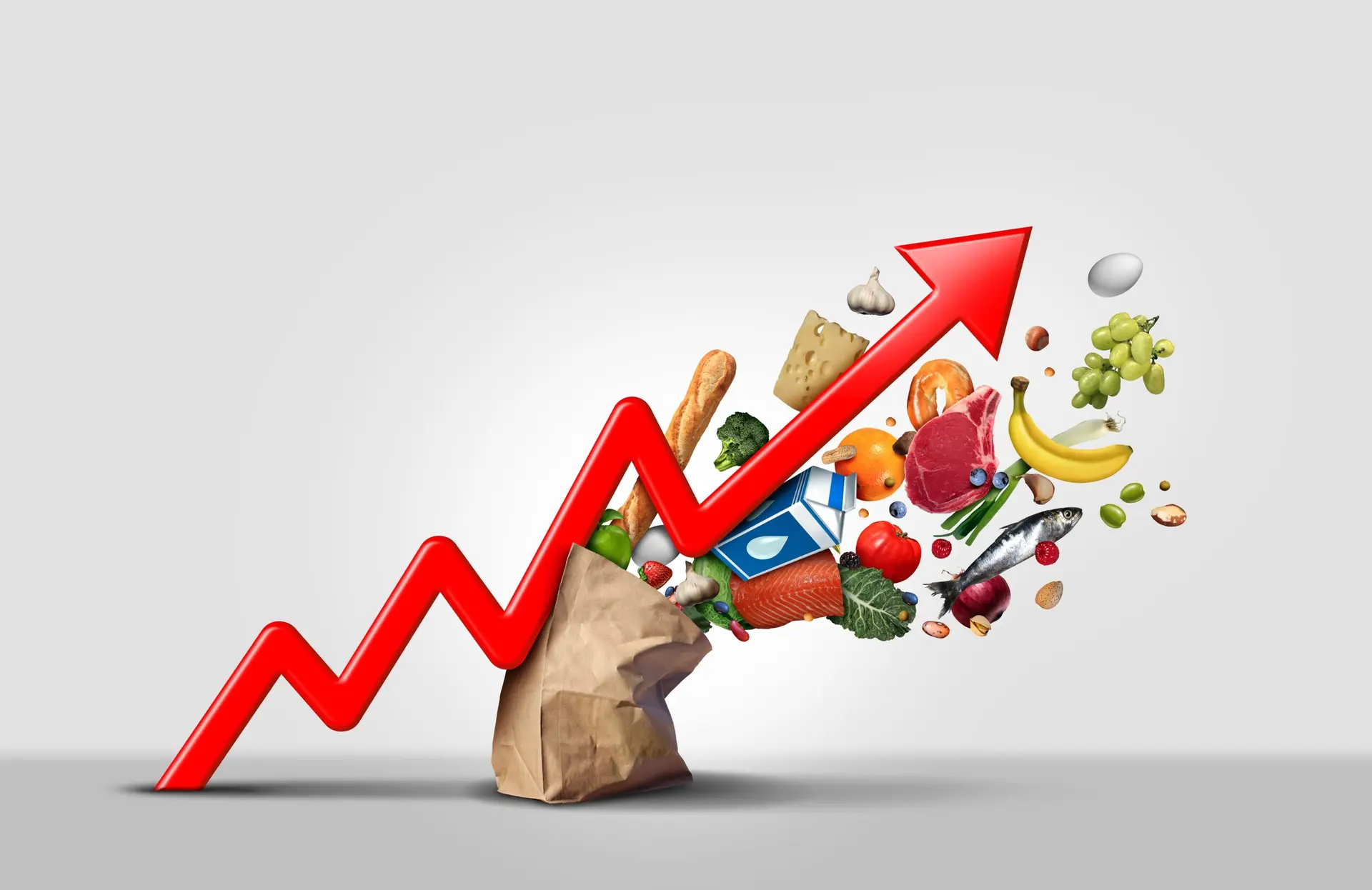With forex reserves depleting last year, the government was forced to intervene, introducing measures such as restrictions on the import of different types of goods for almost eight months. The import restrictions were lifted two weeks ago.
According to NRB, the forex reserve is sufficient to cover the merchandise imports for 9.7 months, and merchandise and services imports for 8.4 months. At a time when the country’s banking system is grappling with a prolonged liquidity crunch, the impressive growth in the remittance inflow has given some breathing space to bankers. The central bank said remittance inflow has increased by 20.4 percent in the first four months against a decline of seven percent in the last fiscal. Nepal has received Rs 378.04bn in remittances till mid-November, 2022. While the data shows the external sector is slowly recovering, economists cast doubt on the sustainability of the progress. "The external sector improved when the government imposed a ban on certain products. We have to see if the situation will be the same in the next three months," said Keshav Acharya, former Executive Director of NRB. "Also, exports are declining at a massive rate. And even when there were restrictions, Nepal imported goods worth more than Rs 100 billion every month. The foreign assistance, as pledged by the foreign community, is also not improving," he said. Inflation still on the higher side The NRB report shows inflation has remained persistently higher. The consumer inflation is at 8.08 percent till mid-November. Food and beverage inflation stood at 7.38 percent whereas non-food and service inflation rose to 8.63 percent. Under the food and beverage category, the price of restaurants and hotels has increased by 15.97 percent, tobacco products by 11.81 percent, milk products & eggs by 9.33 percent, cereal grains & their products by 9.19 percent, and alcoholic drinks by 8.84 percent. The country’s major economic indicators Balance of Payment Surplus by Rs 20.03bn Forex Reserves Rs 1,246.27bn (up by 2.5 percent) Remittance Rs 378.04bn (Up by 20.4 percent) Tourism Income Rs 17.95bn (up by 137 percent) Foreign Travelling bill Rs 33.06bn (up by 63.8 percent) Abroad Education Bill Rs 22.61bn (up by 111.3 percent) Foreign Direct Investment Rs 429.2m (down by 93.5 percent)











